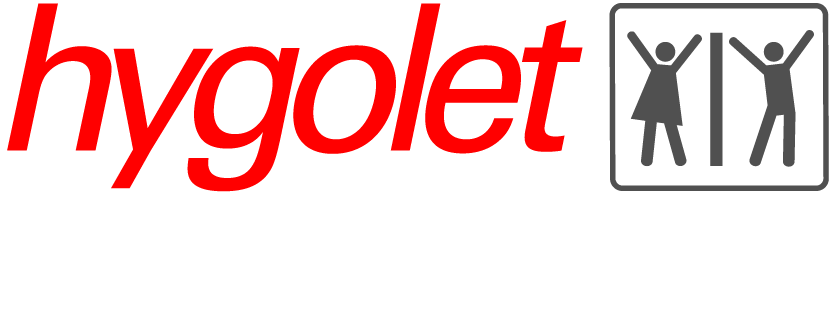The paper towels guide
In the huge & diverse market for paper towels (also called folding paper or folding towels), it’s easy to lose track. With this article, we would like to make it easier for you to find the right hand paper. We provide clarity on the different types of folds, point out other properties and draw the comparison.
Types of folds
Folded towels have various properties, one of which is the type of fold. Depending on the dispenser and the application, different fold types are suitable. And not every paper towel fits into every dispenser. It is important that the paper dimensions match the dimensions of the dispenser to ensure easy removal and that the paper towels are less likely to tear.
V-fold (also ZZ-fold / zig-zag fold) is one of the most widespread types of fold. In this process, the cloths are folded once in the middle, resulting in a V shape. In the manufacturing process, the wipes are folded into each other so that the next paper is ready for removal from the dispenser. V-fold wipes have a depth of 9.5 to 12 cm and are thus often somewhat wider than other fold types.
Z-fold (also Non Stop / Interfold) is also a very common type of fold. These wipes are folded twice and are therefore somewhat narrower than V-fold wipes (approx. 8 cm). This type of fold is very hygienic, as the next paper is not touched during removal. Unfolded, Z-fold and V-fold wipes are approximately the same size. A dispenser for Z-fold paper is particularly suitable in rooms with narrow conditions, as they are especially narrow and therefore space-saving.
A W-fold (also One Stop / Interfold) hand paper is triple folded and interleaved. This makes this type of fold very easy to remove from the dispenser in a controlled manner. Unfolded, they are larger than V- or Z-fold wipes and therefore very environmentally friendly. 1-2 wipes are often already enough to dry the hands.
There are also C-fold towels, which are folded at both ends. However, these paper towels often only fit into specific dispensers. The towels are only stacked and not folded into each other. This often results in several, often too many, towels being removed.
Types of paper
Pulp is the most common type of paper. This is man-made pulp made from cellulose. Worldwide, 90% of this material is obtained from wood.
Recycled paper is much more environmentally friendly as it is made from waste paper and cardboard and is made from secondary fibers. It can often be recognized by its slightly grayish color, as recycled paper is bleached less intensively. As a result, it not only conserves wood reserves, but also requires lower percentages of energy and water in its production (about 50% less).
Deinking paper is recycled paper that has been additionally bleached with special chemicals. So if you want to use paper that is as environmentally friendly as possible, it is better to use untreated recycled paper.
Paper layers
As a rule:
The more layers, the more pleasant or softer and more absorbent the paper. Multiple-ply paper can therefore significantly reduce consumption. However, there are also paper grades that are thicker due to special technologies and are therefore very absorbent even with fewer layers. The size of the paper (unfolded) also plays a role, even if the towels are not necessarily unfolded when drying hands.
Summary
When buying paper towels, it is generally important to pay attention to the characteristics of the dispenser. Certain dispensers are only suitable for one type of folded paper. When looking for an alternative, one should be guided by the masses and properties of the paper towels used so far. When buying a new dispenser, the appropriate type of fold is always specified.
The number of paper plies has an impact on consumption. Multi-ply paper can reduce this significantly. In addition, recycled paper is recommended, as it is much more ecological and sustainable in production.
We will be happy to advise you on this topic so that you can find the optimum paper towels for your needs.

